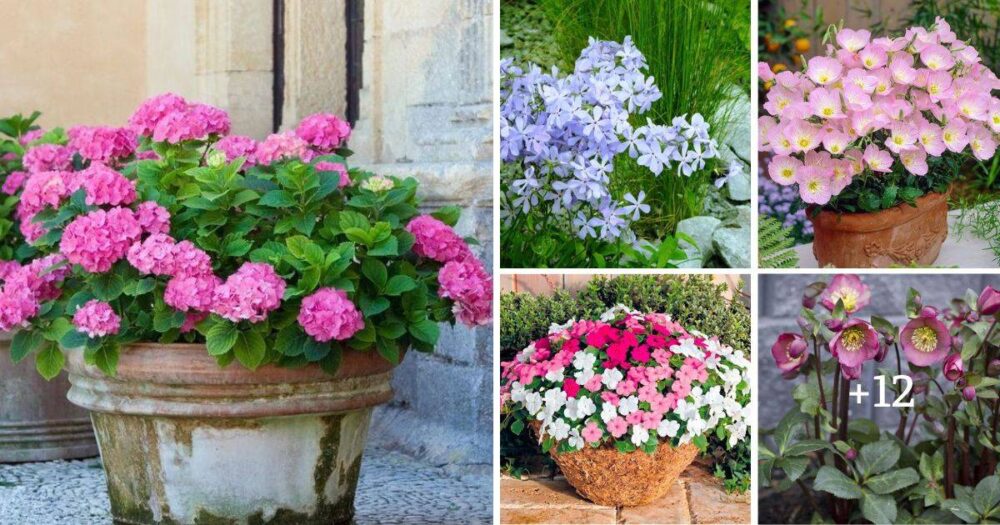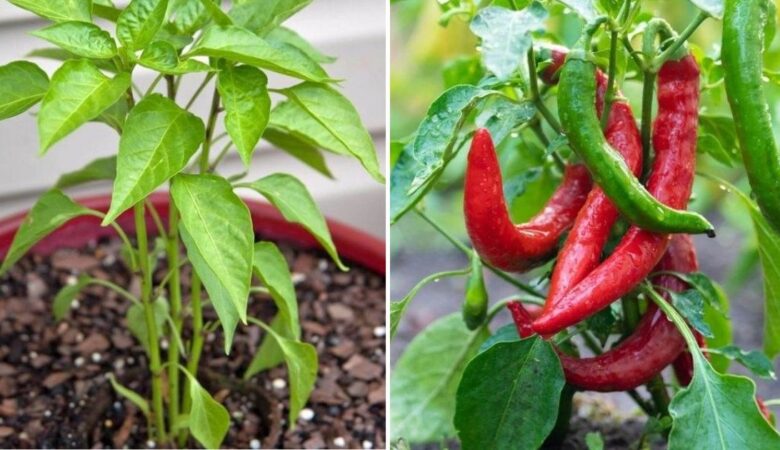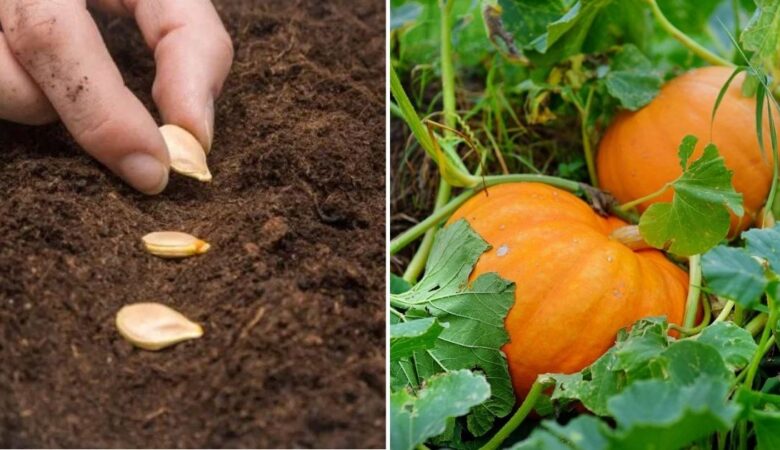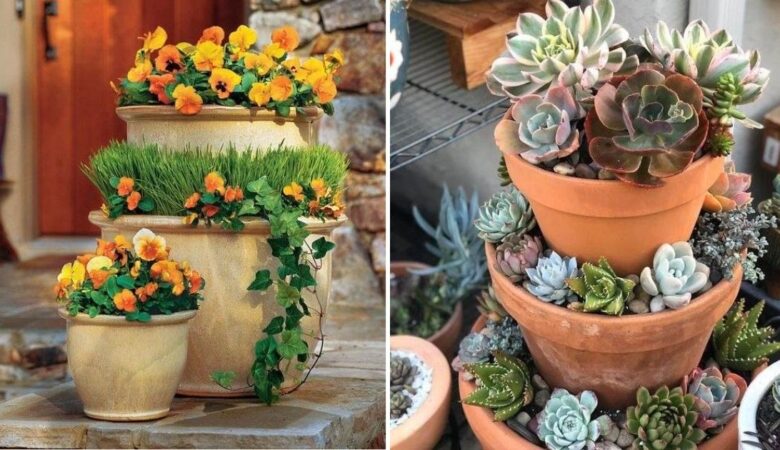Many flowers require lots of sunlight to bloom and add a burst of colors. However, there are many wonderful plants that love the shade and still offer lovely flowers. These plants can survive and thrive in a location without direct sunlight and yet blossom with brilliant, bright colors. Additionally, a lot of these shade-loving flowers come in a wide range of colors and other qualities. While some of the plants remain small and near the ground, others grow to be relatively huge.
The following shade-loving flowers will help transform your shaded spot from a problem area to the envy of the neighborhood.

#1. Coral Bells

Coral bells are easy to grow and care for, as long as they have well-drained, humus-rich soil and partial shade. They bloom from spring to early summer, range from white to pink, orange or red.
#2. Hydrangea

Hydrangeas are beautiful flowering shrubs that come in many colors and shapes. They are popular for their large and showy blooms that can last from summer to fall.
#3. Astilbe

Astilbe is a great choice for adding color and texture to a shady garden. They thrive in partial shade but also can handle heavier shade.
#4. Impatiens

Impatiens are well-liked annual shade-loving flowers with their vibrant blooms in a variety of colors. Even in deep shade, these plants will blossom to their fullest potential. In contrast, excessive light will cause them to wilt.
#5. Bleeding Heart

In the spring, bleeding heart blooms with arching stems of heart-shaped flowers. Its blossoming period may be hampered by excessive heat and sunlight.
See also 12 Pretty Indoor Plants That Grow In Medium Light Conditions
#6. Rhododendrons

Rhododendrons have different flower shapes, such as tubular, funnel, or bell-shaped. Some of them are fragrant, while others are not.
#7. Lungwort

Lungwort plants thrive in shady locations, especially in partial sun or full shade. They can tolerate some bright light in early spring, but they do not like the harsh direct sun in hot weather, which can damage their leaves and flowers.
#8. Fuchsia

Fuchsia requires moist but well-drained soil, moderate temperatures, and high humidity. They are a fantastic choice for shady garden beds, pots, and hanging baskets.
#9. Lily of the Valley

Lily of the Valley has white, bell-shaped flowers that hang from slender stems and green, oval leaves. To grow Lily of the Valley in your garden, provide it with moist, well-drained, and acidic soil and partial to full shade.
#10. Wishbone Flower

Wishbone flower has trumpet-shaped flowers that come in blue, white, pink, or yellow, with yellow markings inside. It is an annual plant that grows well in partial shade and moist soil.
#11. Foxglove

Foxglove is a biennial or perennial plant, depending on the species. Biennial foxgloves produce only leaves in their first year and flowers in their second year, then die, while perennial ones produce every year.
#12. Forget-me-not

Forget-me-not is a popular plant for gardens and containers, as it has delicate blue, pink, or white flowers that bloom in spring and summer. It is easy to grow from seeds, which can be sown in summer or fall for spring blooms.
#13. Dogtooth Violet

Dogtooth violets are native to North America, Europe, and Asia, and they grow in moist and shady woodland areas. They are perennial plants that bloom in spring and go dormant in summer.
See also 22 Inspiring Long Garden Path Pictures
#14. Hellebore

Hellebore is a beautiful and hardy flower that blooms in winter and spring. Its flowers look similar to roses with five-petalled flowers.
#15. Primrose

The best location for primrose plants is one that has bright but indirect light, moist but well-drained soil, and partial shade. It attracts butterflies and hummingbirds with its nectar-rich flowers.
#16. Hosta

Hostas can tolerate some sun, but they prefer cooler temperatures and protection from harsh afternoon sun. They are easily prone to some pests and diseases, such as slugs, snails, deer, rabbits, voles, and fungal infections.
#17. Woodland Phlox

Woodland phlox blooms in spring, usually from April to May in its native range. It is a great choice for a great flowering groundcover.
In shady locations where it seems like nothing will grow, there are still many plants that produce delicate flowers and add some cheer to darkened nooks and crannies of the garden. Whether you have additional tips about these flowers to share, questions to ask, or success stories to tell, leave a comment below to join in the conversation.
[ad_2]






